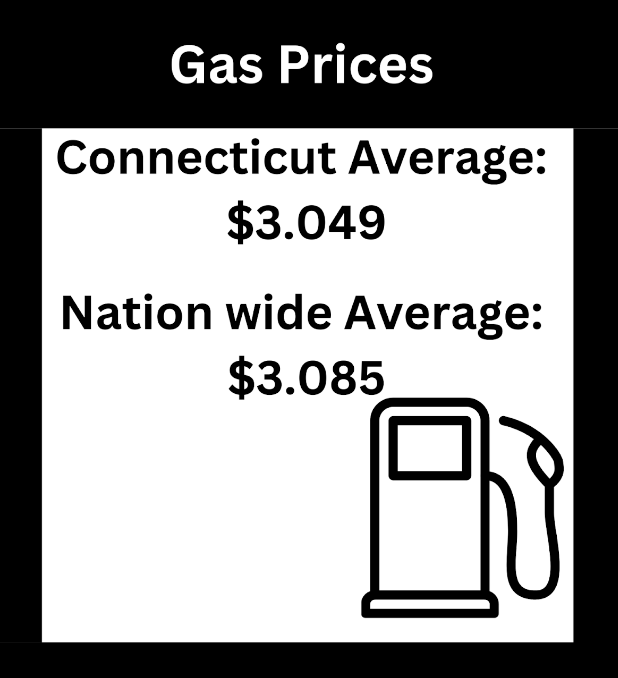Samantha Freeman ’11
Web A&E Editor
e bold red numbers stare back at you, mocking your current GPA. Graphs that depict SAT and ACT scores show you below the average.
This one website accounts for many of the stresses that come with being a junior or senior, said Staples students.
In hopes to lessen stress from parents and friends about college, the guidance department and College and Career Center at Staples have brought Naviance to school in order to ease some of that anxiety four years ago.
Juniors and seniors alike question the stress and accuracy that Naviance brings to students.
Naviance is an online tool for students and parents to use when starting the college process.
Giving statistics about colleges and universities throughout the country, the program provides information about a student’s likelihood of being accepted.
What is so special about Naviance, though, is that it creates a personal profile for each student, by adding their SAT or ACT score and current GPAs. It also compares them to other Staples students from the past.
“If you want to see what has happened to other Staples kids, it is very reliable,” Susan Fugitt of the College and Career Center said.
However, some Staples students do not question its reliability and believe that it may not be entirely accurate and can be extremely stressful. Numbers are intimidating and students can become too worked up about them, say s
“I believe a lot of it is skewed because of smarter people applying to schools as safeties, so it makes you think [schools] will be harder to get in,” Ellen Kaminski ’11 said.
Shauna Flaherty of the College and Career Center believes that not everything is about the numbers.
When visiting the website, it is essential to preview not only the average GPA students have had gotten in with but also the scatter plot graphs. These graphs show SAT or ACT scores versus GPA’s and a line of what the average student had.
“It is more important to look at the graphs, not just the numbers – which took me a while to figure out,” Haley Schulman ’10 said.
After getting over the initial shock of the numbers, some students believe it is not fair to have sophomore GPA’s plugged into their profile.
Some students would like to see Naviance be updated more frequently as junior year progresses.
“I think it should update your GPA after every marking period so it is more accurate. Also, I’m taking much harder classes this year so it’s not exactly the same. But for people who are doing much differently this year than last year, it wouldn’t be as helpful,” Kaminski said.
Changing grades each quarter would be beneficial to students but some also agree with the system that is already in place.
“I think the earlier students can see their GPAs in comparison to the schools they want the better. I wish I would have known how my GPA freshman and sophomore year would have affected my ending GPA,” Schulman said.
Grades are updated twice a year on Naviance, in late February and then again in July. This occurs after final GPA’s have been calculated through eSchool.
“It is nearly impossibly for the school to change 500 students grades each quarter,” said Fugit.
As students begin the college process, there are many different aspects of Naviance that can benefit them even if grades are not brought to date. It is designed to be a guidebook, not something students should live and abide by.
“I think it’s an overall good system just because you can see what kinds of schools kids from your own school and grade have gotten into and it gives you more of an idea of what schools you might be able to get into,” Everett Gollomp ’11 said.
The most important piece of advice that can be given before checking Naviance, is that other factors come into the admission process, and it is not just grades.
“Naviance does not tell the whole story,” said Fugitt.












































